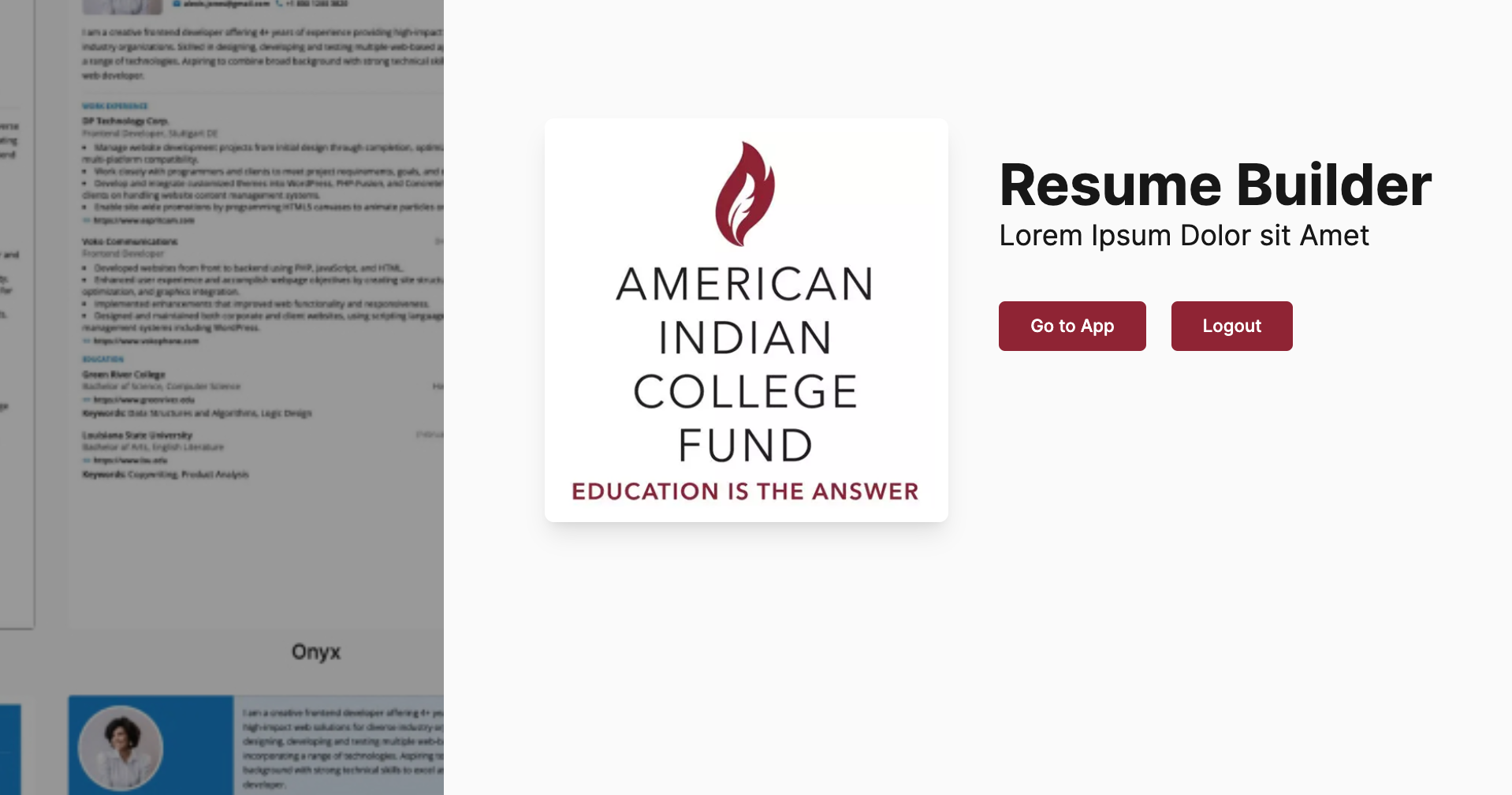Creating Your Résumé
To meet your goal, stick with the facts. A good résumé briefly highlights your talents, skills, and experience. It shows who you are, what you have done, what skills you bring to the table, where you have gained experience, and when you got that experience.
Since many students don’t have a deep work history, this article will focus on a functional résumé – which favors students or new graduates who are applying for an internship or their first job. Employers know you may not have a lot of work experience. With this style of résumé, you can present the life skills and knowledge you developed during your studies, including activities with student organizations, volunteering, and other roles that relates to the job or internship.

Creating a Functional Résumé
What if you don’t have work experience or are switching careers? A functional résumé may be best if you want to present your skills and experience gained outside of the workplace. To determine which skills you should include, consider the job and what it requires. Think about the times you helped your tribe or organization, or participated in an event or activity, and how these experiences can help you succeed in the job or internship you want. That’s experience! List it. Have you been a member or officer in a club or group? If so, describe what you did. All experience counts because it shows people your skills, ability to work with others, and a willingness to accept responsibility for getting things done.
You Created Your Résumé. What Next?
Any reader can easily determine your background, skill set, and experience, but make sure your résumé is not confusing or misleading. If your résumé is riddled with mistakes and grammatical errors, you won’t be called. Remember to always use the spell and grammar check tool on your computer. Also, tools like grammarly.com are free and easy to install on your computer. Once installed, it works as you write, suggesting corrections when you have made an error. When you are done, print a copy of your résumé and read it aloud to help you catch mistakes. Your tongue will stumble over errors and allow you to catch any you may have missed. Then let a trusted and knowledgeable teacher, or professional read the résumé. Staff at your tribe or college human resources office can also help. By following these guidelines, you have taken the first step towards launching your successful career. Lots of luck!

1. Contact Information
Put this at the top. Include your full name, phone number, and an e-mail address where you can be contacted. Do not include a mailing address if you post your résumé online. (Note: Make sure you answer your phone, your voice mail message is activated and professional, and your voice mailbox accepts messages. Your email address should also be a professional name, such as JimThorpe@ gmail.com. Do not use addresses like Hottie7237@ gmail.com).
2. Summary (Optional)
Because you chose to use the functional résumé, you may be a new graduate or do not have enough information to create a summary. Skip this section and begin by listing your experience and skills.
3. Experience and Skills
Under the header Experience and Skills, list skills and talents relevant to the job or internship you seek. Think about the skills the employer expects, the job demands, and what you’ve done. Mention the skills you have gained working as a volunteer, a tutor in the student learning center, or working in the computer lab. These include planning, organization, logistics, tribal relations, leadership, and computer skills. Regarding computer skills, detail the programs with which you are proficient. Just as you did with job experience, list your skills in reverse chronological order, with your most recent skills first and the oldest last.

6. References
At the end of your résumé, create a references section. The header should read, References. After the header, state that you can provide a prospective employer with references upon request. After you have an interview and if you are a finalist for a position, the employer will ask to talk to someone who knows you well and who can recommend you for the job based on your skills, work ethic, and character. Ask teachers, professors, and former supervisors to provide a reference. If they are willing, create a separate list of references to be provided to a prospective employer upon request. This is sent separately and at a later date. Include the reference’s name, title, phone number, and email where they can be reached, their preferred method of contact, and the best times to reach them. You should provide each of your references with a copy of your résumé and a little information about the job you are applying to.
4. Education
After the header Education, list your highest and most recent educational (year or degree) accomplishment, then go in reverse order, just as you did with work experience. For example: Bachelor of Science in nursing, Salish Kootenai College, 2018. If you still attend a school, college, or university, that’s okay. Provide the same information you would if had already graduated. Mention your area of study, the degree you expect, and your anticipated graduation date: Bachelor of Science in nursing, Salish Kootenai College, expected to graduate 2019. Likewise, if you already have a certificate or college degree, list that, followed by your major, any honors you received, the college or university’s name, location (city and state), and when you graduated. Bachelor of Science in nursing, Salish Kootenai College, expected to graduate 2019. Associate degree in nursing with honors, Salish Kootenai College, 2016. List your high school diploma or other certificates you have earned in the same way, with the most recent first.
5. Awards and Activities
Next, mention your Activities and Awards. After the header, list school organizations and activities, volunteer work, tribal activities, and awards. For example, include activities such as your participation in a Native leadership program, a singing and drumming group, or an organized event such as a Lummi canoeing. If you’re an artist, list showings of your work. Were you named to any honorary groups, such as the Honor Society or President’s List at your tribal college? If so, include that. List these activities and awards starting with the most recent first and work backwards in time, just as you did your experience and education. Include the date and location.
Tribal Colleges and Universities
Tribal colleges and universities provide dynamic higher education opportunities, most on or near reservation lands. Known for their remarkable programs, culturally-relevant curricula, and familial student care – tribal colleges allow students to further their careers, attain an advanced degree, or better support their communities.

